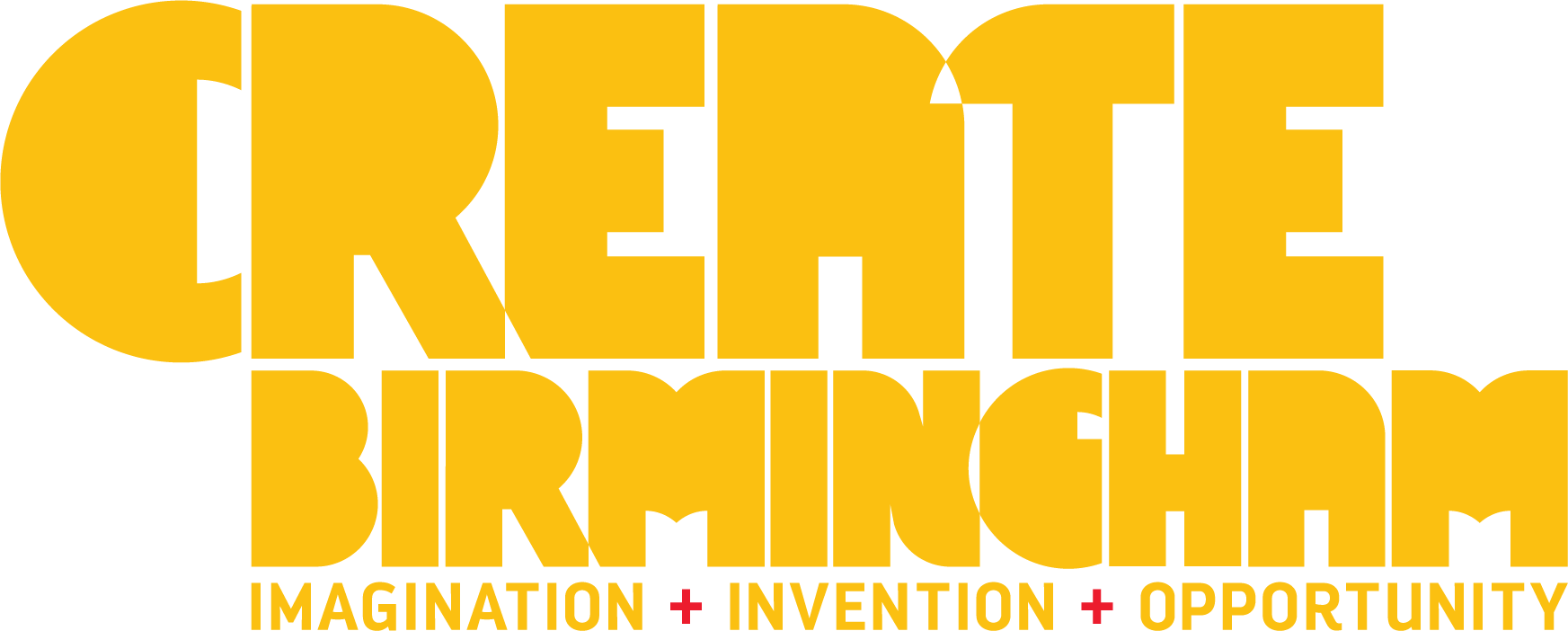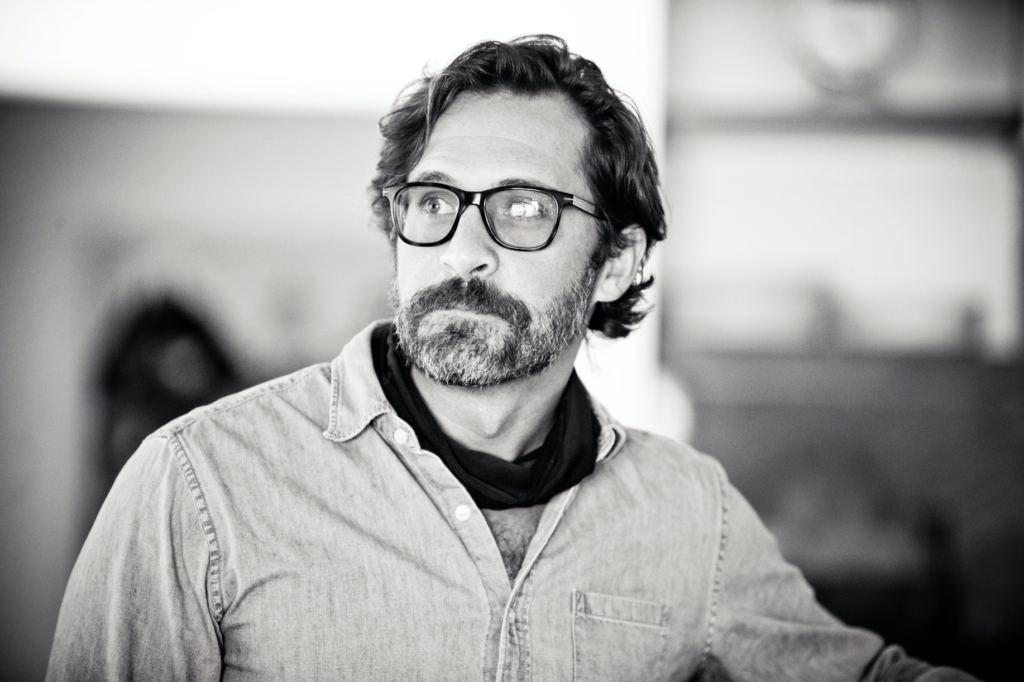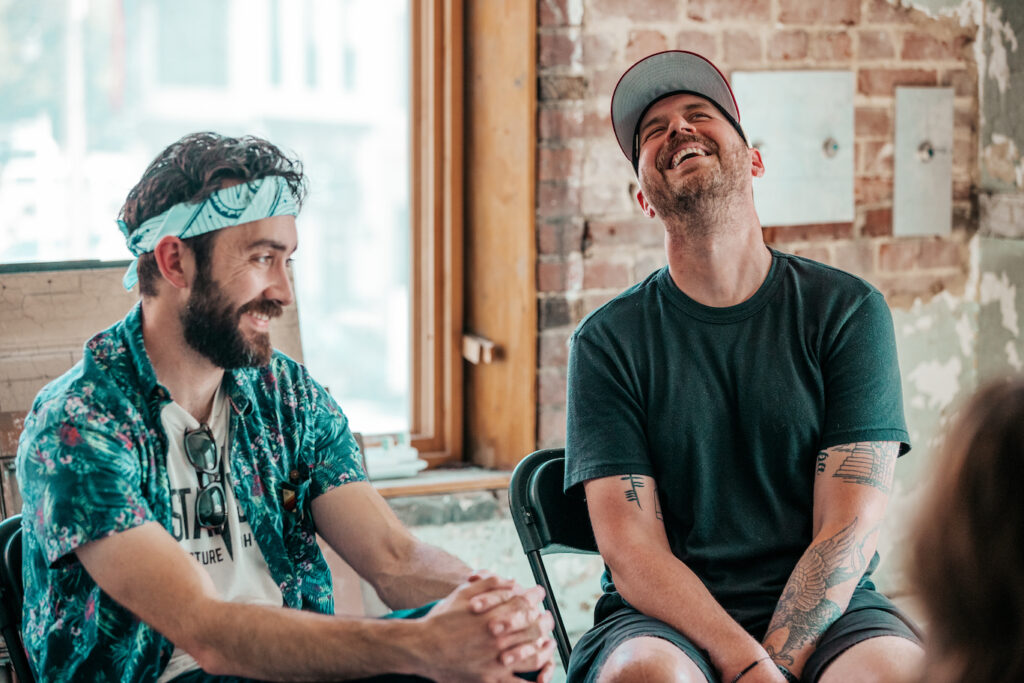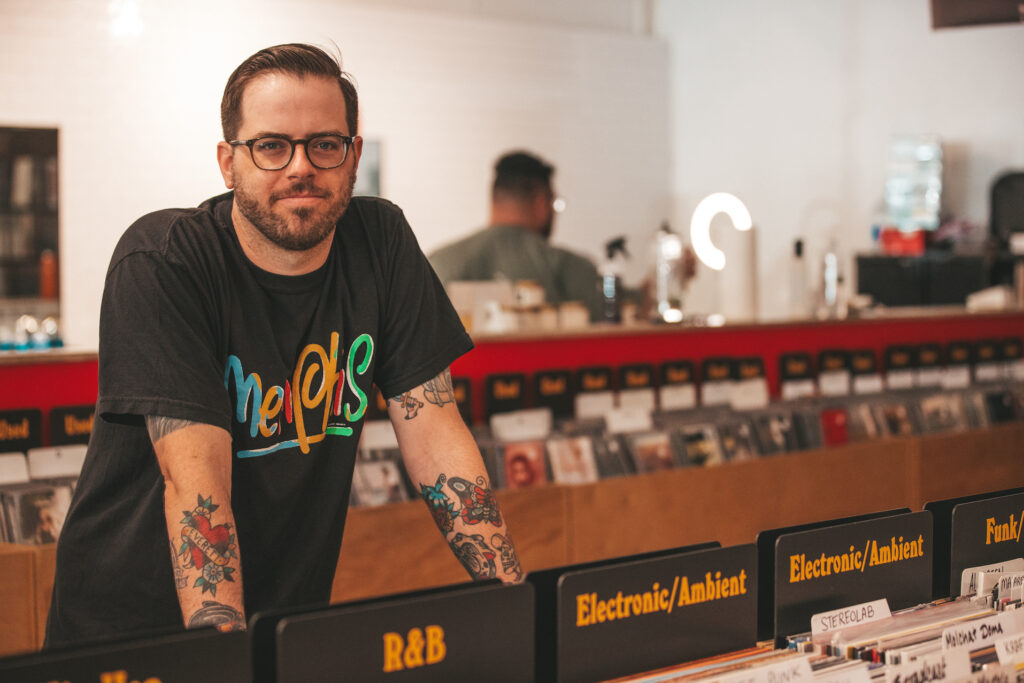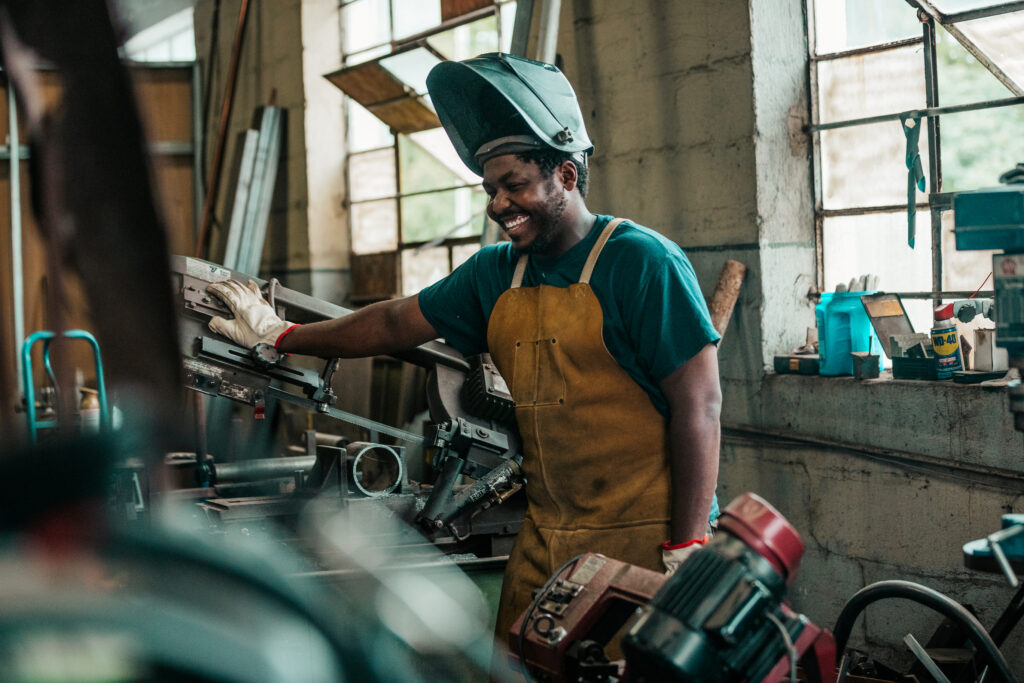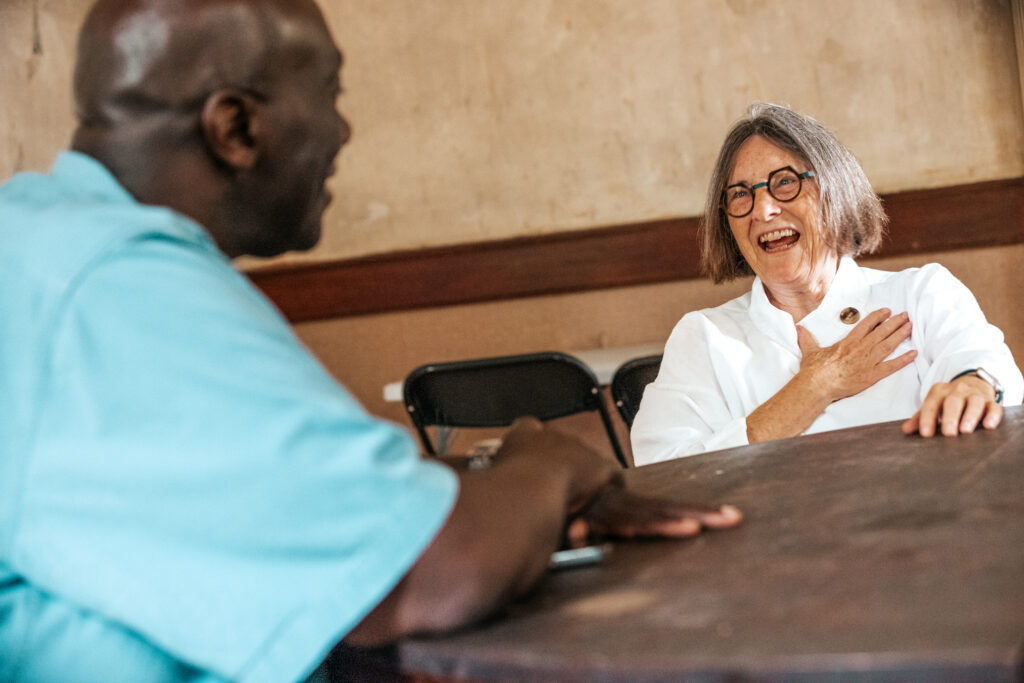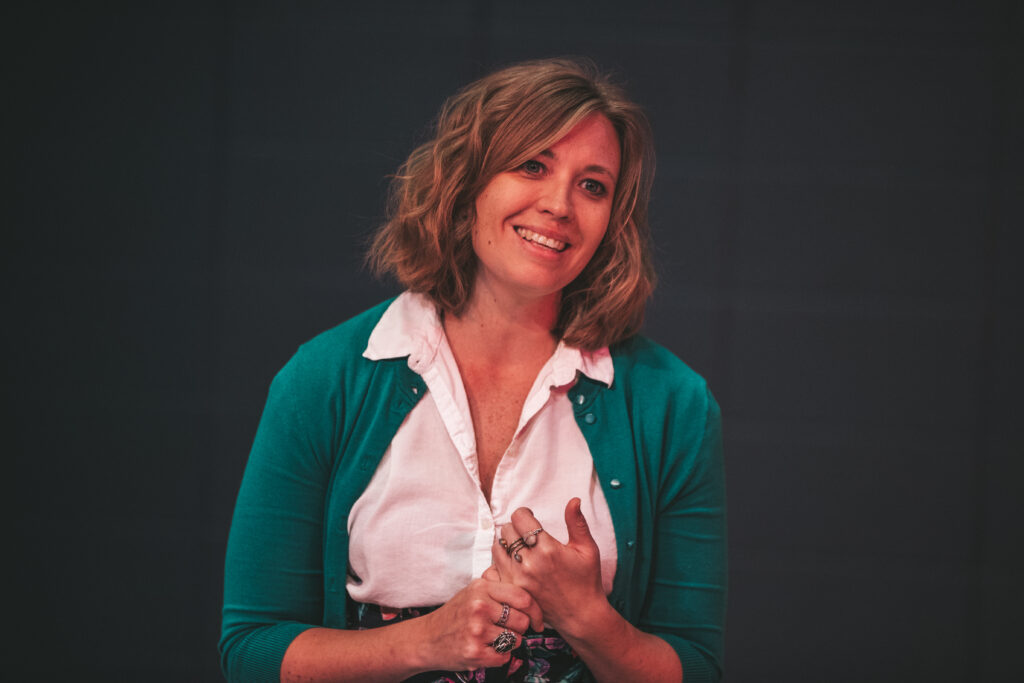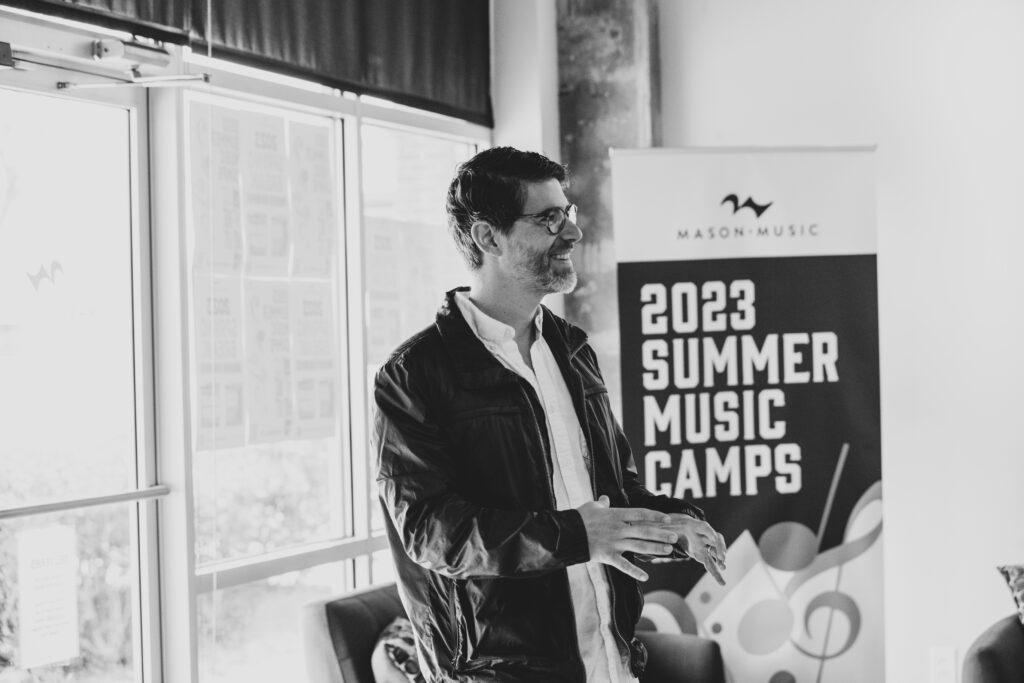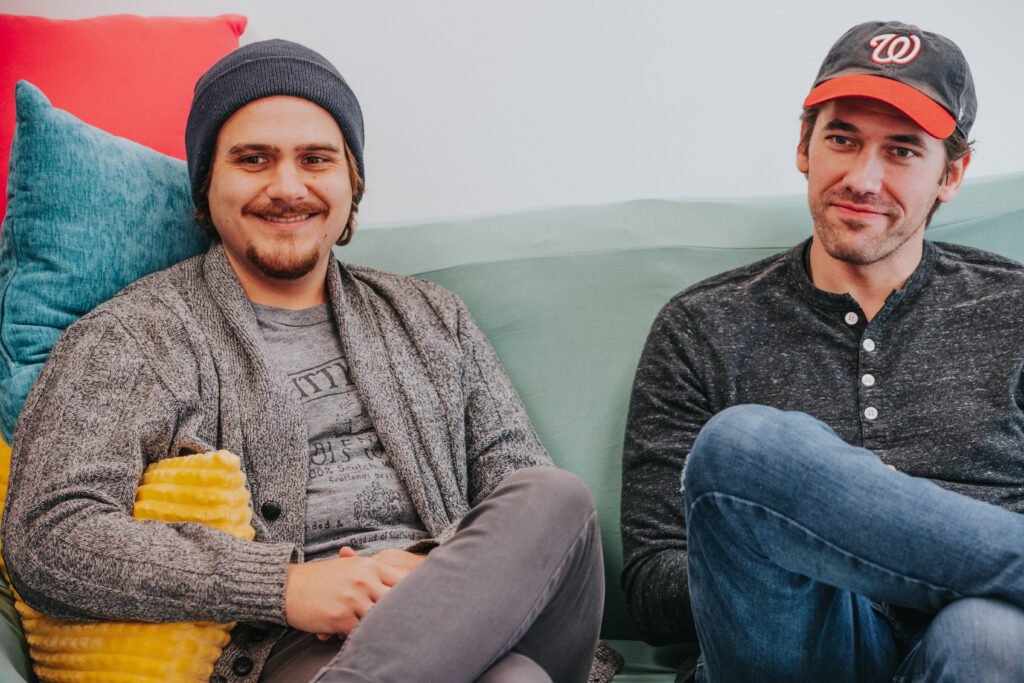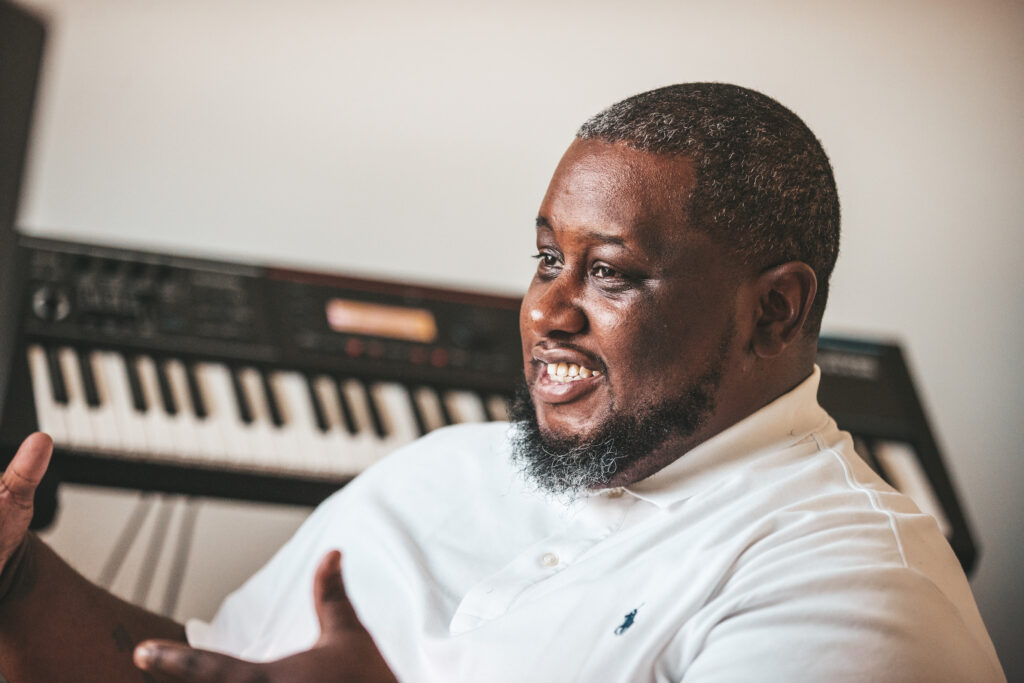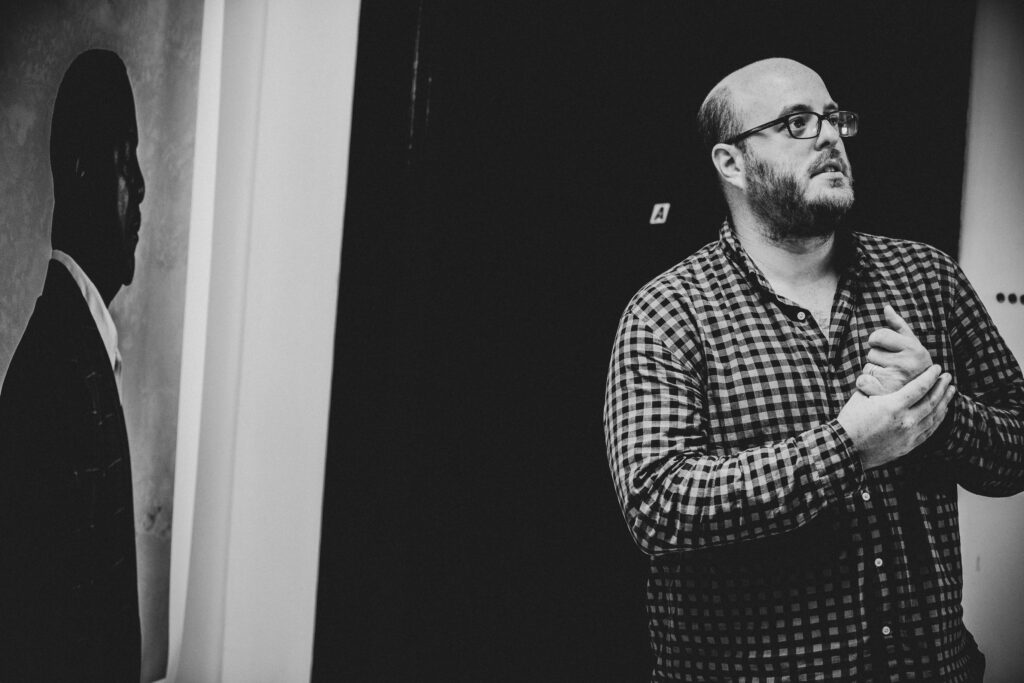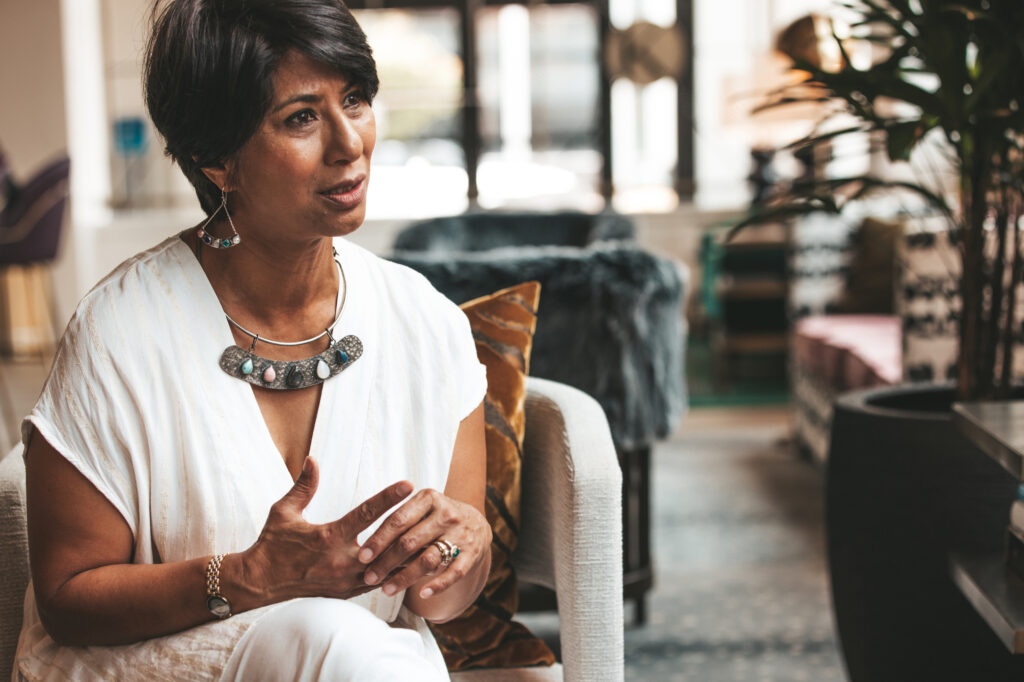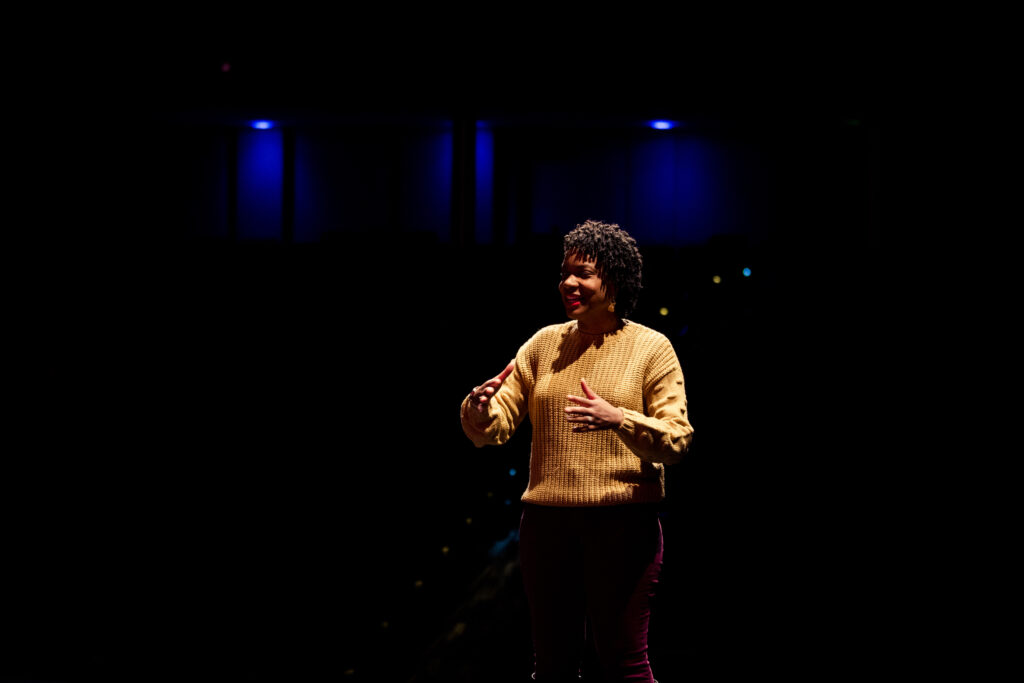Interview by Meg Nelson
Photos by Ambre Amari
Born and raised in Tuscaloosa, Tyler Price followed his passion for design and the built environment to the Auburn University School of Architecture, then moved to Birmingham to begin his career as an architect. After honing his craft working on jobs of all sizes, ranging from industrial to commercial to residential, he launched his own firm in 2011. Tyler has a deep appreciation for the history and technical artistry of architecture, but the emotional scaffolding of buildings is his true focus. He creates spaces that tell stories about the past, connect with their current context, and shape new narratives for the people who move through them.
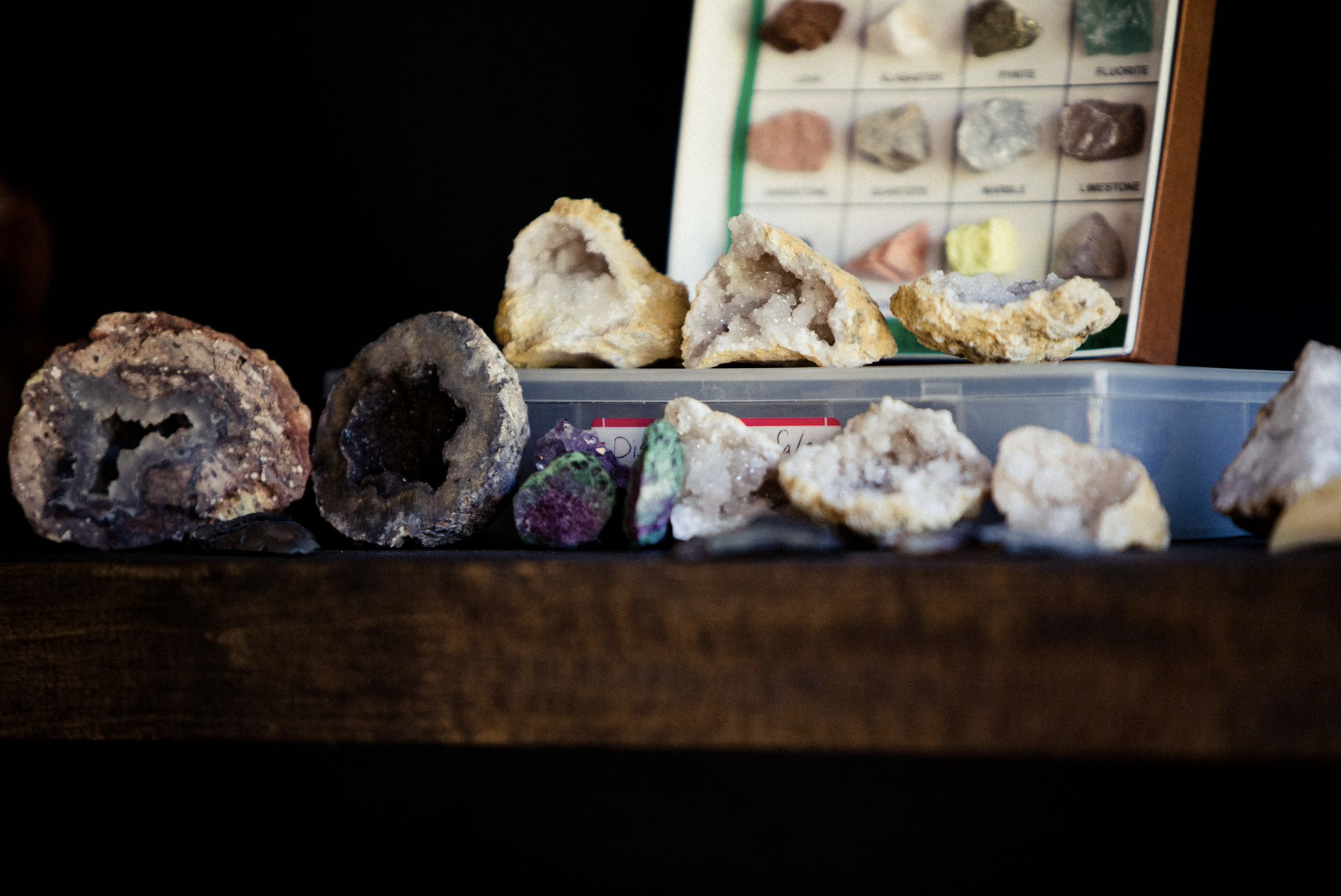 You knew you wanted to become an architect when you were fairly young. Did you have any interests or experiences that influenced that decision?
You knew you wanted to become an architect when you were fairly young. Did you have any interests or experiences that influenced that decision?
From early on, I was interested in things I associate now with the way that an architect’s mind works. My grandfather was a geologist for the state, and my mother worked with him. That inspired my own love for geology, and I still collect rocks and minerals. That interest in a basic element of our environment that is foundational but also beautiful ties into my work.
One of my favorite things to do when I would go to their office was to sit at one of the big drafting tables and draw. I thought it was so cool to have all the drawing tools, even though I didn’t know what they were for. I would pick a favorite cartoon or comic book and try to redraw the characters. Then I started playing more with what I didn’t know at that point was spatial awareness. I would do things like draw a long wiggly line across the page and fill it all in with army men heading down into a pit. Like most kids, I sketched my house and put my name on the mailbox, but then it would also have things like a crazy staircase up to some secret room. It wasn’t very practical architecture, but you could say architecture nonetheless. I didn’t know it was something you could do as a job. At the time, I would have said I wanted to be an animator and work for Disney.
Then when I was ten, my grandparents took me on a trip to Canada, and we stayed at the Banff Springs Hotel, this famous grand railway hotel in Alberta that looks like a castle. I remember pulling up this long driveway and seeing the building unfold, and then walking in and how it made me feel – in some ways overwhelmed but also extremely comforted. And walking through the lobby, you saw how the volume and the scale of the space encouraged large groups and entertainment and gatherings. Then you got to your smaller rooms and little intimate balconies, and it was in the middle of the mountains, so there was this beauty inside and out. It was the first time that I was aware of responding to architecture.
I was also into puzzles and anything that I could stack together and make fit just right. A lot of people think architecture is about making pretty pictures and drawing pretty houses, but the actual problem-solving part is more important. Once I realized that people did this for a living and created spaces, all those little things came together and I started taking courses outside the regular curriculum in middle school and high school that led me further down that path.
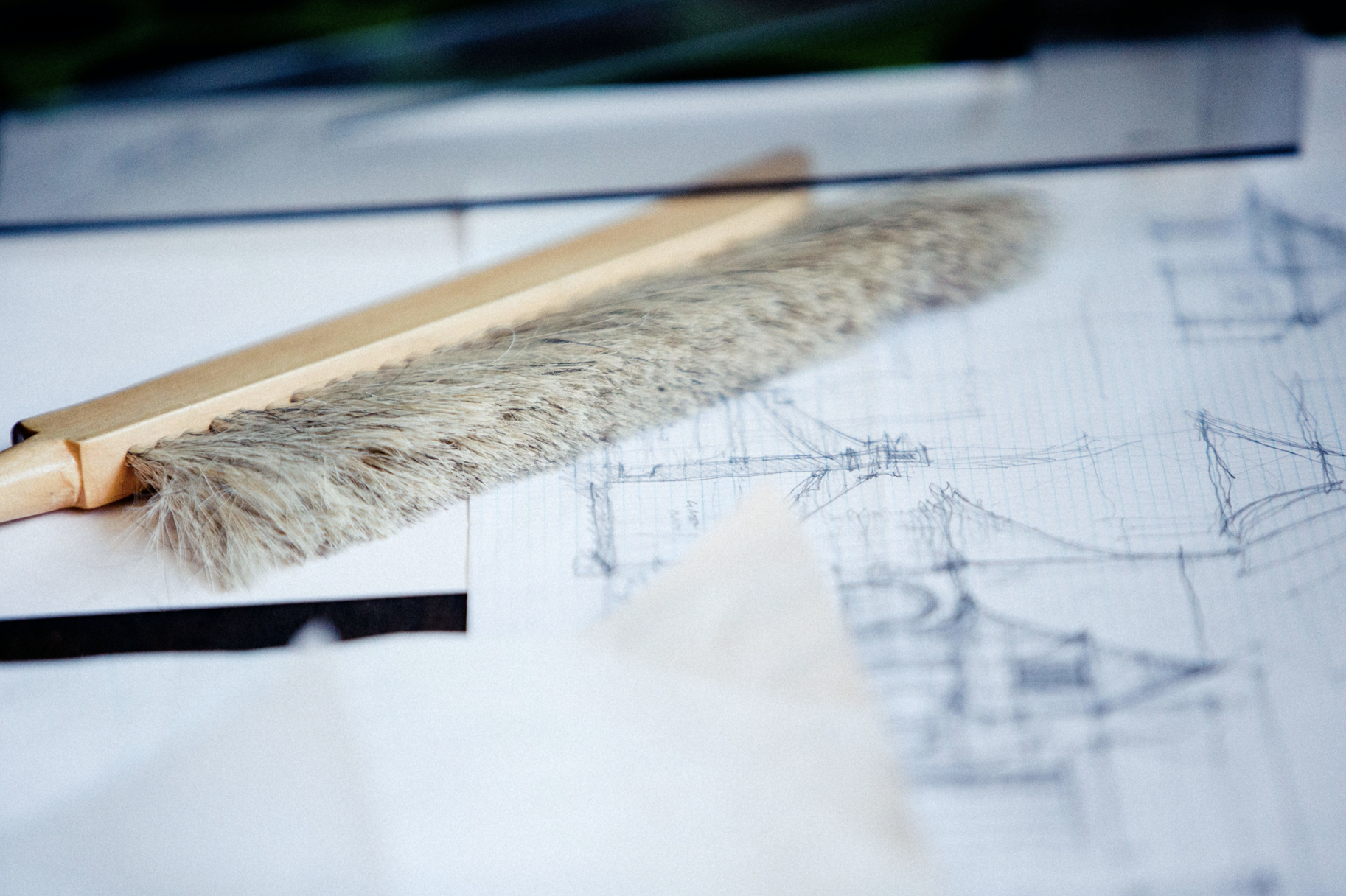 How would you describe your philosophy or your process as you begin a new job?
How would you describe your philosophy or your process as you begin a new job?
In architecture, you start with very loose concept plans, and every decision that you make thereafter needs to revisit that concept you developed early on, or it will just end up being something that feels contrived. It has to be for real life, there has to be a purpose, and you have to be responding to the environment and the client’s needs. I’m not an architect who specializes in one style or one type of building. I do residential and commercial work, but what I’m always looking for are end-users who care about the design process.
Each time is starting fresh – the first step is the information gathering, trying to figure out how the client wants to use the space from a programmatic standpoint and also what aesthetic would make them happy. Melding those two every time is something I’m never bored with. Part of achieving that is the maybe under-appreciated quality of being able to listen to what they tell you, rather than just saying, “Here’s what you need.”
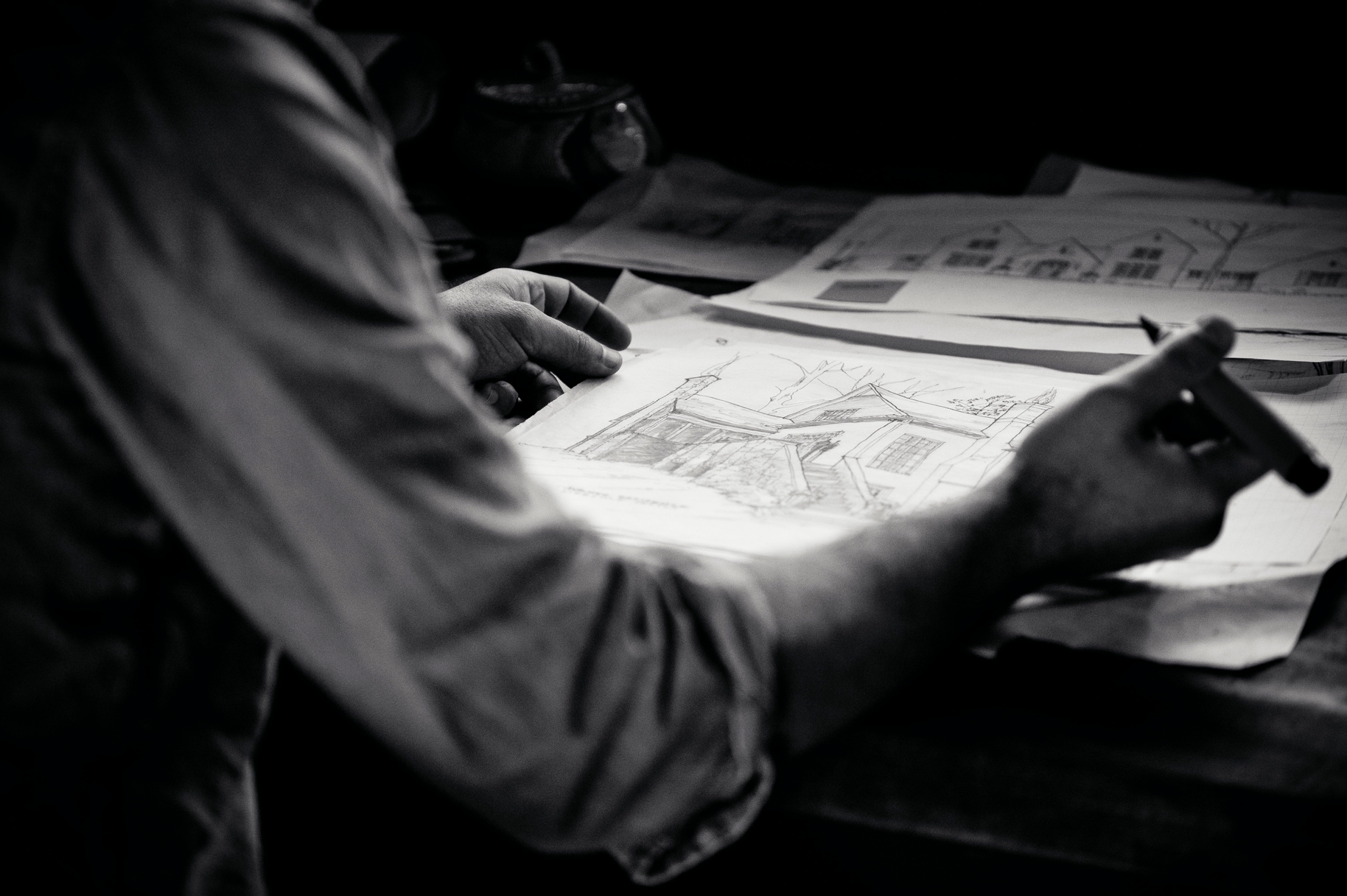 And what keeps you inspired as you move through the challenges of a project with a client?
And what keeps you inspired as you move through the challenges of a project with a client?
I think you have to be persistent. You have to want to keep going. There’s a natural inclination to get to something that works and say okay and be done, but I think you can’t just get to something that works and stop. There’s a difference between creating architecture and creating a building. There has to be something that makes it evoke emotion with the user. And I think that’s where you can take a client from just “will this be something that will shelter me from a storm” to “will it be something where I enjoy whatever I’m doing in this space that we’re creating.”
To me, the creative process of architecture is so enjoyable, even if I am up late working on something, because you get to the point where you’ve done the work and you have a client say, “I would have never thought about that” or “I would never have realized that this view was going to come out of this orientation.” It’s those things that go from pencil and paper to brick and mortar and then you get to watch people realize all the thought that went into getting it there.
 Is there a type of project that you find particularly creatively satisfying?
Is there a type of project that you find particularly creatively satisfying?
I would say any time there is a unique feature in the landscape that challenges me. For example, I’m working on a home right now that has a very steep lot and a natural rock bottom creek that flows through the site then spills down a little waterfall into a lake. When a site is already that beautiful, you don’t want the house to make it worse. You want it to enhance and not cover it up. You want the house to embrace what’s special about that place in the world.
And with projects in an urban environment, finding the site’s context is important and satisfying. You want to do something that plays nicely with what’s been there before you. You’re a part of a bigger system when you’re designing buildings. Your site may be next to something that’s been there a hundred years. Or you may be redesigning something that’s been there a hundred years itself. Instead of just wiping that out and starting over, how can you be conscious of what worked about it in the first place?
I like any opportunity that I can get to work downtown on projects where you take off the old studs and sheetrock, and you get to expose, for example, these beautiful load-bearing brick walls that give you this connection to our history. Birmingham’s history is tied to the steel industry, and for the steel industry to work, we had masons here from all over, some of the best in the world, who were able to build those big furnace flues, which was an absolute science and craft. You can also see their work in some of our old churches downtown with artistic masonry that would stand up against work anywhere else in the country.
And now downtown we have a lot of great two to four-story load-bearing brick buildings that are being brought back to life. The honesty of how that kind of building is put together is intriguing to me. I think the further back you go looking at buildings, the more a child can walk into them and understand how they were put together – you see a recess and a brick wall, and you realize that’s where a beam used to be because that’s how it would have been constructed. There is a craft to being able to bring that back rather than the newer techniques where the structure of the building is something to be hidden, rather than the structure being beautiful and visible. I think that’s one of the things that I’ve most enjoyed about some of the revitalization projects I’ve done here.
 We talk a lot about the rebirth of downtown Birmingham in terms of what is taking place within the buildings. It’s interesting to think about the buildings themselves being reborn and playing a part in that.
We talk a lot about the rebirth of downtown Birmingham in terms of what is taking place within the buildings. It’s interesting to think about the buildings themselves being reborn and playing a part in that.
It’s so exciting to see more people wanting to be downtown again after the mass exodus the city experienced with suburban sprawl. I think the fact that there is a lot of work, that people are moving businesses back downtown, that there are more mixed-use facilities, is all encouraging. Maybe the only good thing about that period of mass exodus was that there weren’t many downtown buildings totally demolished or a lot of bad remodels. Certainly, some buildings were falling apart because they weren’t being maintained, but they were still there, waiting for us to realize what we had.
And now, as I’m doing more projects back downtown, I’m seeing that everyone in my industry is busier downtown than over the mountain or at some of the surrounding lakefront communities. It’s proof that people continue to see the benefits of living in your city and playing in your city and working in your city. That’s a trend that is going to be nothing but good for Birmingham.
You know, everybody recognizes Birmingham as a food city. Now we have so many people coming into these great intimate spaces to carve their own little niche in the food world. And there are more and more entertainment and nightlife options. And I think the architecture is brought back to life in a sense that creates more energy. There is something that people are responding to about the buildings and the built environment of downtown Birmingham, and it’s not only exciting for people who are architects or history buffs. And the buildings are sort of sitting back saying, “Just let us do our job.”
 What do you hope for as you look to the next chapter of your career?
What do you hope for as you look to the next chapter of your career?
I think creating a home or creating a practice should be so individual that you realize that you’re the only person in the world who needs it exactly like you because you’re the only one of you. Each site is an opportunity. What is driving me is the fact that each time that I get a call about a new project, I know I’m going to be working with a new individual. And so, therefore, I should be creating a unique result. I should be coming up with a new solution, and that continues to inspire me.
While I’m not as young as I was when I started, in the terms of my professional career, I hope that I’m still very young-minded — because I know for a fact that this will be something I will do until I can’t anymore. And I will always be getting better at it because I will learn from the previous time. To succeed as an architect, I think you have to be a constant observer of what works over here, what worked there, or what worked a hundred years ago. I hope to know that I’m doing something, while being respectful of wherever I am in the world with the architecture, to create good buildings. Good buildings should be here long after I’m gone, and the ability to affect the way that activity is happening in them after I’m not here anymore – that’s exciting to think about.
